When Bouldering Doesn't Equal Power (...and when it does.)

If it weren't for the fact that it's 70 degrees outside today, it'd be easy to know that winter is fast approaching. How? Simple. Just go to your local climbing gym and see how many people are "preparing" for bouldering season. They've put the harness away, the days of hangdogging are over and they're ready for something new. I'm a pretty observant guy in the gym, and strangely, I don't see many of them doing a damn thing different. Ok, it's a different wall, and there isn't a rope, but their bodies have no idea that it isn't the same old thing.
But routes are for training endurance and bouldering trains power, right? Not always. From what I can tell, most climbers while on routes that challenge them, do 6-8 moderately difficult moves (maybe prefaced by a few easy moves), then say "Take!". Most climbers, while bouldering, do about 6-8 moderately difficult moves before finishing or falling off. Your muscles can't discern the lack of a rope, so they have no clue that you're training power. If you really want to reap the benefits that bouldering can provide, you're gonna have to make sure that you're muscles get the memo.

For the sake of discussion, we're gonna refer to power as being "moving strength", meaning that power isn't just being able to hang a hold... it means being able to make difficult movements. Training this type of "moving strength" is no secret. Ask any weight lifter, and his answer to "how do you train for power?" will be "higher weight, lower reps." If you translate that to climbspeak, it becomes "harder moves, and fewer of them."
Since the entire point of climbing is to "send", many climbers will immediately abandon a problem or route if they find a single move they can't complete, or even fathom completing. That, my friends, is a lost opportunity to gain real power.
How exactly does power work, and how is it possible that Dave Graham or Paul Robinson can be more powerful than the musclebound, problem campusing oaf in your gym? Well, power isn't about how big your muscles are. It's about how many muscle fibers you can recruit to aid your movement. That oaf in the gym may only be using 5% of his muscle, lacking the technique and ability to use the majority of his gargantuan biceps. Meanwhile, Dave Graham is using nearly every muscle fiber his spindly arms contain (not to mention DG uses his feet). To gain the ability to recruit more muscle fibers, and thus improve your power, you have to ask in the right ways for your body to adapt.
#1. Shorter and Harder.
Begin your power training by limiting your problems to 1-3 extremely difficult moves. Don't worry about sending, unless the entire problem is those few moves. You'll eventually stick a move you once thought to be impossible. Now tack on another, and after sticking it, try and link the two together. If you're doing all the moves in just one session, you aren't shooting high enough. A move that reaches to your limits will often require you to focus on it's different components separately. Just holding the grip may be first. Learning to create the correct path of momentum off the hold might come next. Getting your hand to the next hold might seem most important, but it may require switching focus to pushing on the feet and holding tension through your core to actually hold it. The more "complicated" a move is, the more you're learning from it. If at first you don't succeed, try, try again, and again, and again, ad nauseum.
#2. Stop The Jump.

Big jumps are fun. Not only are they crowd pleasers, but they give the illusion of ultimate power. So many gym problems end with a jump to a decent (if not huge) hold. Thing is, most of the worlds hardest boulder problems DON'T end with a big leap to a jug. The cruxes don't usually involve a feet flying dyno. More often the problems at the extreme end of difficulty involve creative footwork and exceptional core tension, combined with a highly developed sense of subtle movement. Sure, being able to jump and understand the timing involved is important, but it's far from common on real rock. Focusing on it in the gym will leave you wondering why you're admired for your "power" indoors, but can't seem to put together simple problems when you're outside. Not to mention, leaping your way up gym climbs is a great way to increase the chance of injury. Stop jumping. Learn to use your feet.
#3. Quit While You're Ahead.
If you're used to working out to exhaustion, training maximum power may take a little getting used to. Fact is, your body makes a log of every movement you make, and attempts to learn from it. If your power reserves are used up, and you can no longer give the maximum effort you could at the start of your session, then your movements will take a hit. No matter how small or insignificant that reduction in power may seem, it's best to let your body remember the best efforts. Stop your power training the moment you see a decline in output. Mine usually lasts 1.5 or 2 hours at best, and I move on to another exercise. Yours may be more or less... but pay attention to it. Stopping so "early" has its advantages. Ending before you are slipping around on abrasive plastic holds will leave your skin thanking you. You'll also have more energy for your next session, and where you start is an important part of training for max power.

Photo by Becca Skinner
There are countless other ways to up your power, from campusing to plyometrics to ballistic pullups. Most of us will get more from old fashioned bouldering. Frankly, the exercise you can do that transfers the best to climbing, is climbing. That is, assuming you're doing the right things.





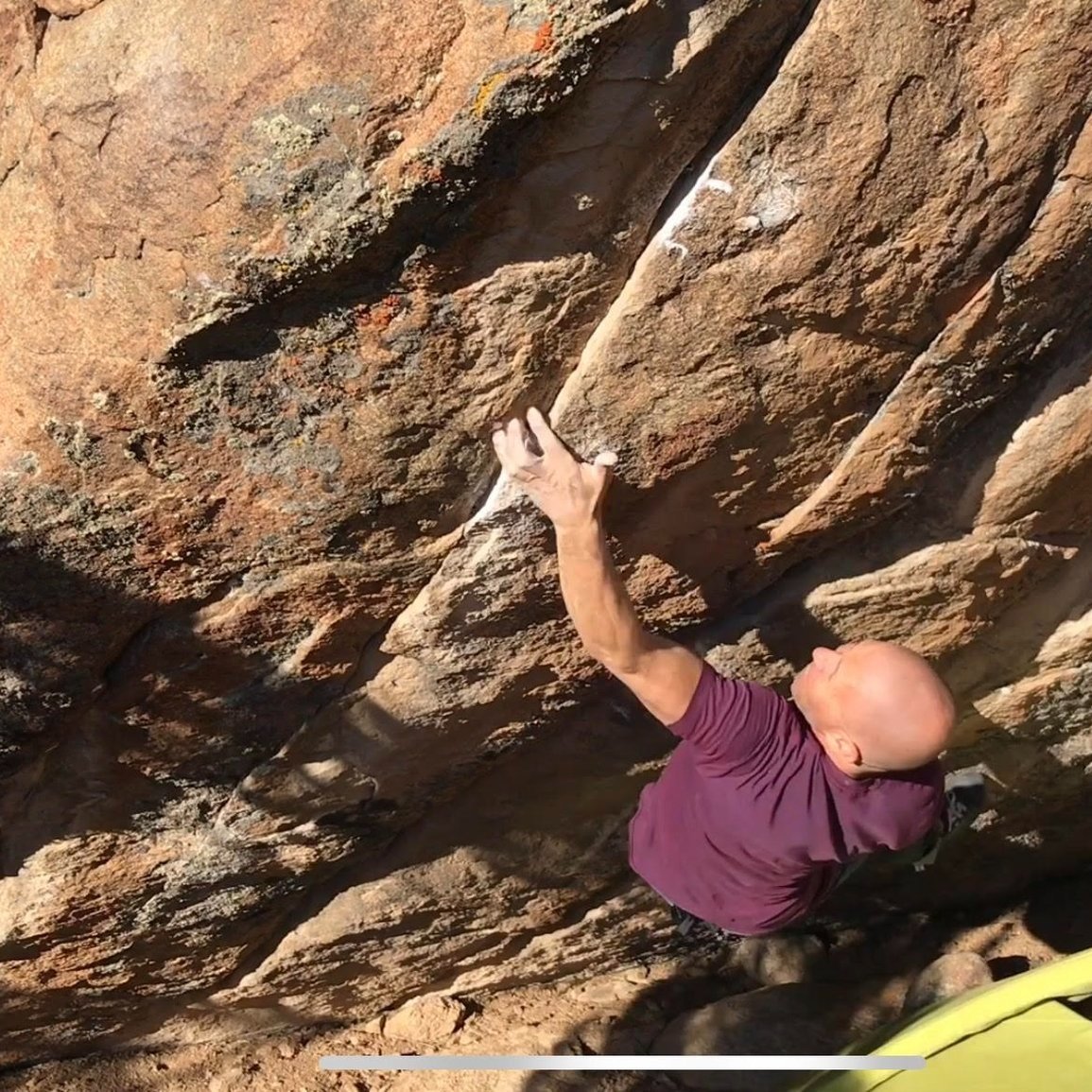
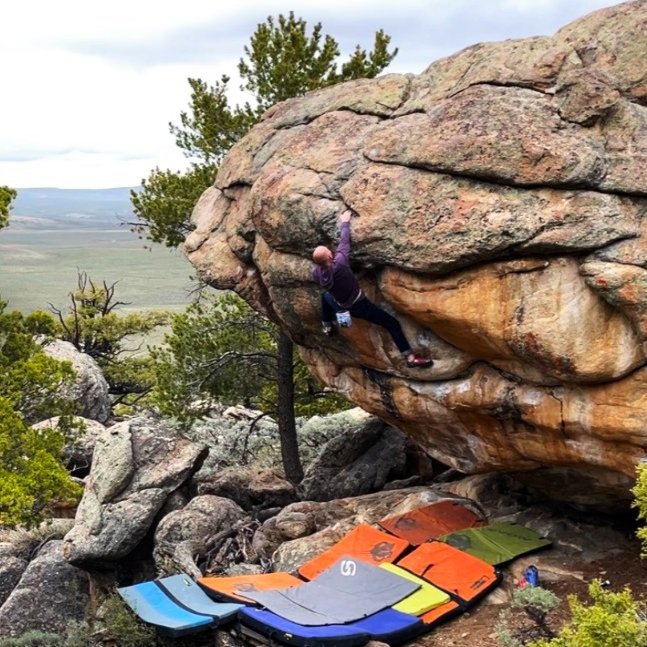

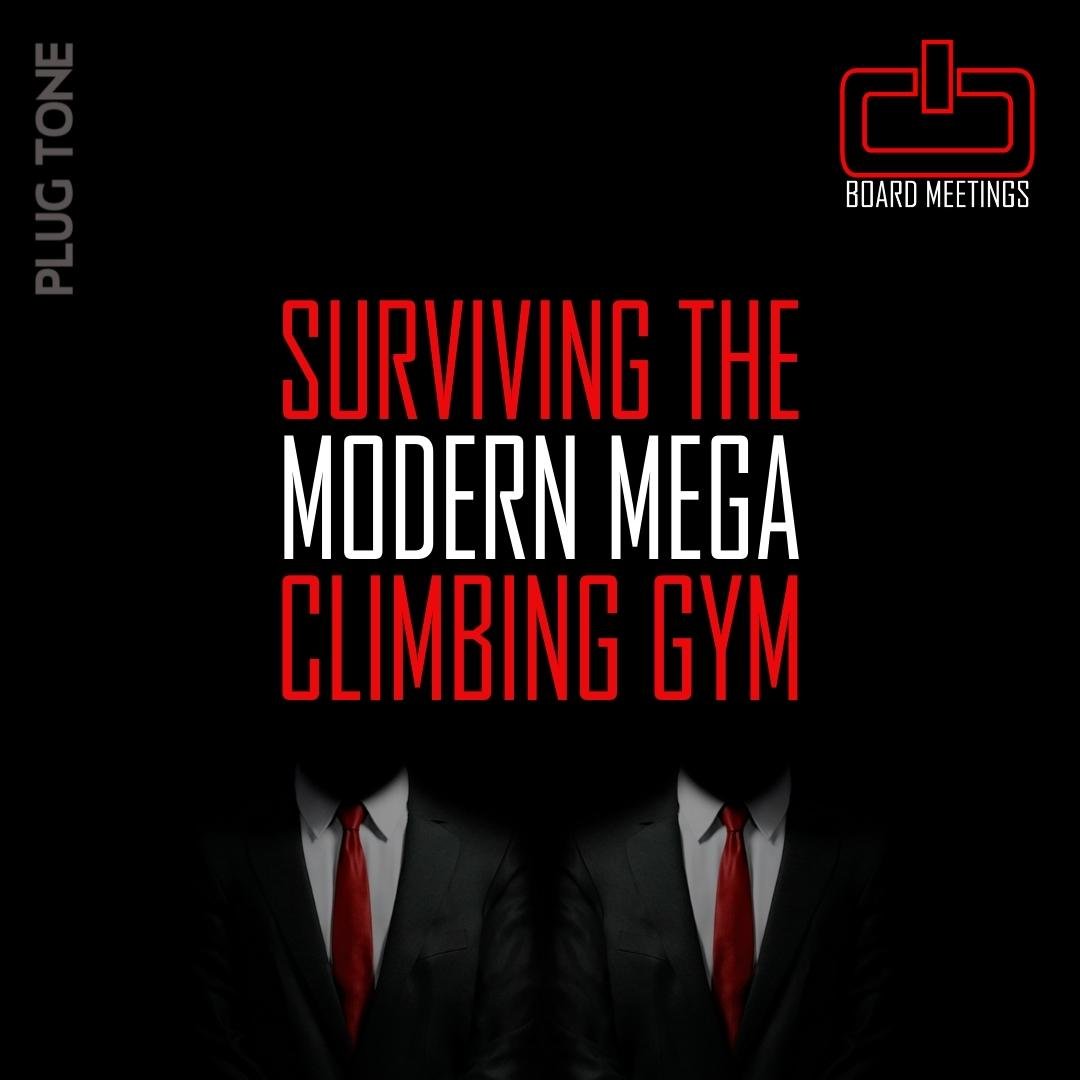

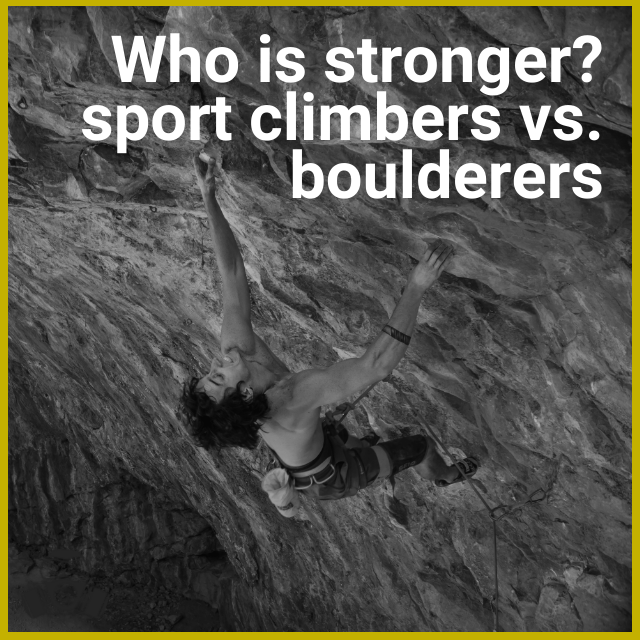







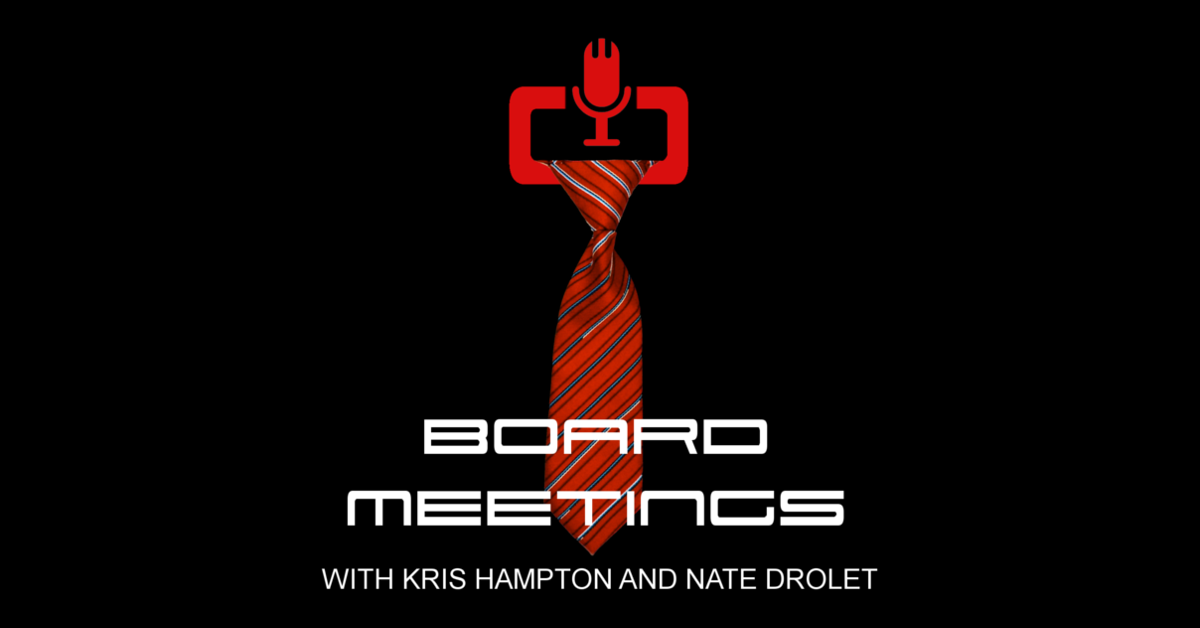














Lowball boulders, while not as proud, can still teach us new movement, new ways to utilize tension, and force us into finding new techniques.